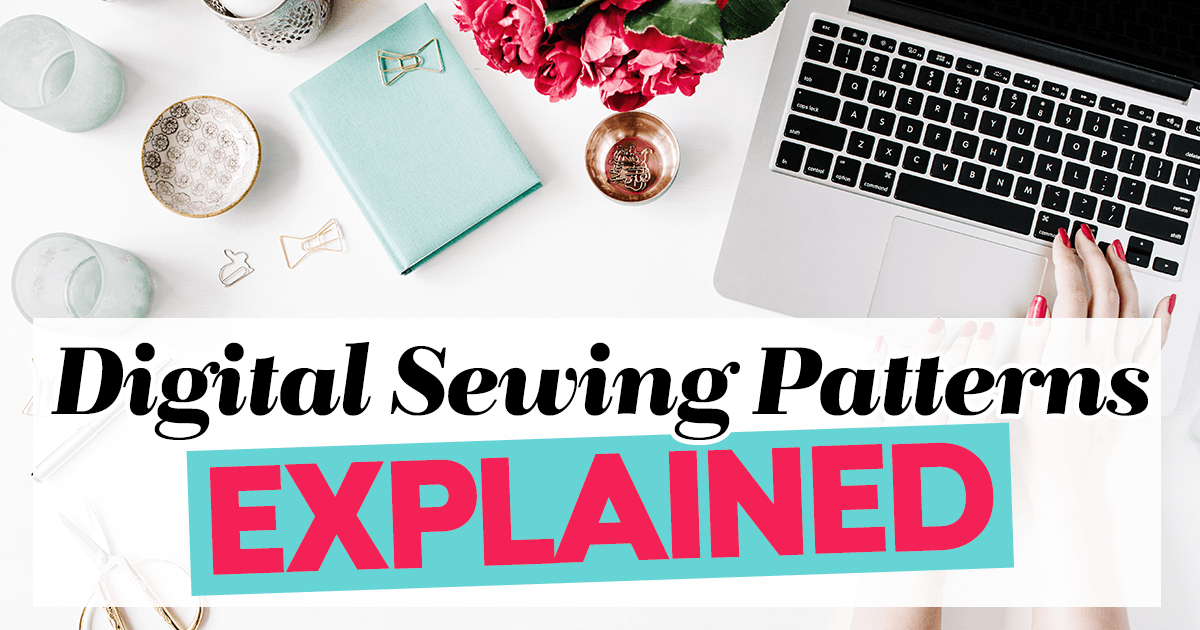2017

Whether you’re a keen dressmaker or new to the sewing world, chances are that you have or will soon come across the term ‘digital’, ‘PDF’ or ‘Downloadable’ pattern. Many major sewing pattern houses, along with an influx of smaller indie stores, are producing patterns in this format – which in this increasingly digital age, comes as no surprise! If you’re used to working with traditional paper versions, don’t be daunted. There are many advantages to these formats, and you can store your collection on a computer… preserving them for years to come!
TILING DIGITAL PATTERNS
First and foremost, the biggest difference between digital patterns to standard ones is that they naturally can’t come in the same format - one or a number of sheets of large paper - purely because home printers aren’t able to print those sizes. As a result, digital patterns have to be ‘tiled’... that is, sheets of A4 paper arranged in an order to resemble the finished pattern.
Online digital patterns start by indicating a layout of how to arrange the A4 pieces of paper to assemble each pattern piece. Without a key to indicate where each piece goes, it can be difficult to tell where each one should go in order to form the pattern.

In this instance, the pattern has eight A4 sheets to piece together. This might sound daunting, but ‘tiling’ a pattern is actually easier than you might think – and the majority of pattern houses offer their designs in this format.

1 Measure the test square to check that it is 10cm x 10cm; if it is, this means the pattern has printed correctly to the right size (don’t ever tick the ‘Fit to Page’ box when printing).

2 The dashed lines indicate the edge of the page that the pattern is tiled on. Cut around the dashed lines on each page, then around the edge of the pattern.

3 Cut out all of the sections needed for each pattern piece as indicated in the initial plan, then arrange them in the correct order.

4 Match the pattern pieces edge-to-edge and use sticky tape to join them so that there are no gaps. Repeat the process for the other pattern pieces.
New this week
.jpg)
Quick Quilting & Patchwork Patterns and Inspiration
9 Apr 2025
[includes sponsored content] From small pieced projects to statement throws, these patterns and products…

Easy Ways To Get Kids Sewing!
11 Mar 2025
[contains sponsored content] Share your love of sewing with a young one and give…

Creative Book Awards 2025 Shortlist Unveiled!
17 Jan 2025
Welcome to the Creative Book Awards 2025! Since launching in 2021, these awards…
